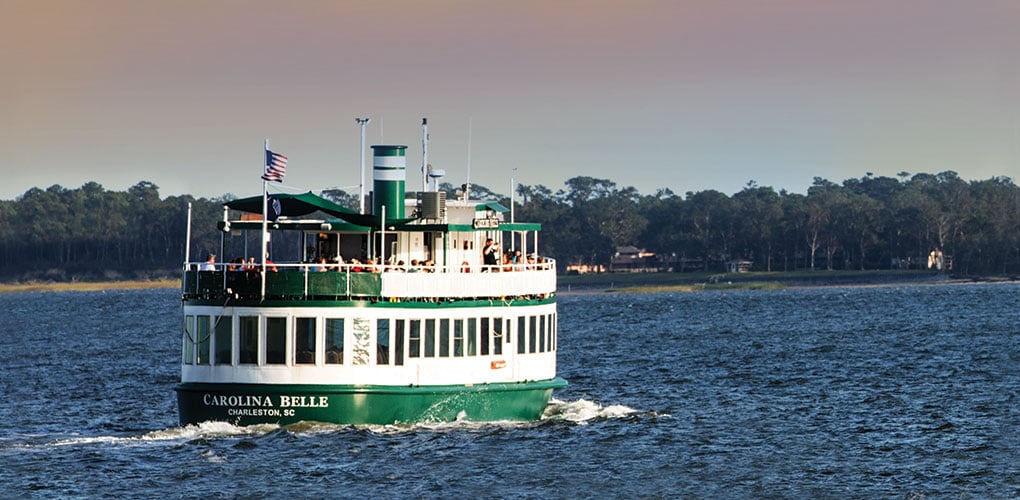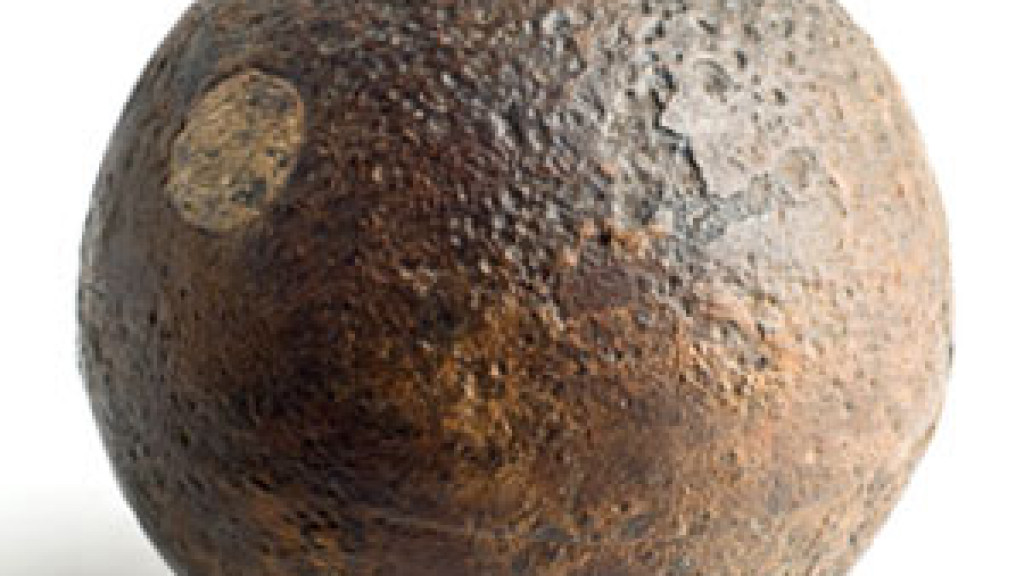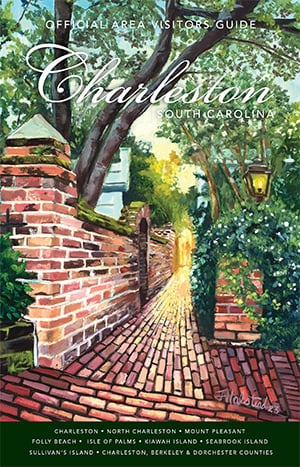
Blasted: Assorted Projectiles and Explosives of the Civil War

Event Details
Continuing its commemoration of the Sesquicentennial of the Civil War, the Charleston Museum presents Blasted: Assorted Projectiles and Explosives of the Civil War. This original exhibition explores the varied and sometimes revolutionary artillery shells and small arms projectiles that were used during this country's defining conflict. Artifacts on exhibit include a rare Quinlivan shot designed to penetrate Federal ironclads and a two-chambered incendiary shell likely intended for use in Charleston's defense. Blasted will be on exhibit January 13 through September 10, 2012.
As the newly formed Confederacy rushed to arm itself in the wake of Fort Sumter's surrender, state and local authorities imported, commandeered, or otherwise cobbled together the ordnance and ammunition necessary to defend the South. Besides the arms confiscated after secession, South Carolina manufacturers, such as Alexander John & Co., the Congaree Foundry, Palmetto Iron Works, the Palmetto Armory, and the State Gun Works, labored to produce weapons and ammunition that at the time were called "...extremely high quality, innovative, and effective." The war also brought innovation and new technologies emerged including river torpedoes, rifled shells with timed fuses, and state-of-the-art metallic cartridges for small arms. All proved themselves deadly effective.
Blasted highlights:
James Shell with slotted fuse plug-
The soft metal ribs at the base of this shell expanded upon discharge and engaged the cannon's rifling. While not a widely used shell during the Civil War, James shells did not require a unique gun to fire them. With only minor alterations, certain other fieldpieces could be retrofitted to fire James rounds.
Case Shot with timed fuse plug-
First developed in the early eighteenth century and later improved upon by British General Henry Shrapnel, case shot remained a widely used artillery implement during the Civil War. Used for anti-personnel purposes, case shot was an exploding shell filled with small iron balls. After firing, a timed fuse burned down in flight and detonated the projectile, causing it to fragment and scatter its enclosed "shrapnel" among the enemy.
Schenkl Shell-
Prior to loading, artillerymen enclosed this shell's rear conical section in a paper maché cylinder to create a tighter fit inside the cannon's barrel. Once fired, the cylinder disintegrated leaving the shell with a more streamlined shape, which allowed for increased distance and accuracy.
Date
January 13, 2012 - September 10, 2012
Location
Charleston Museum
360 Meeting Street Charleston, SC 29403
, SC
